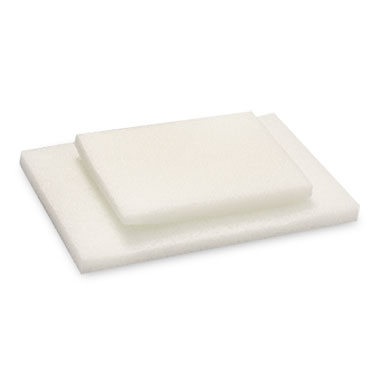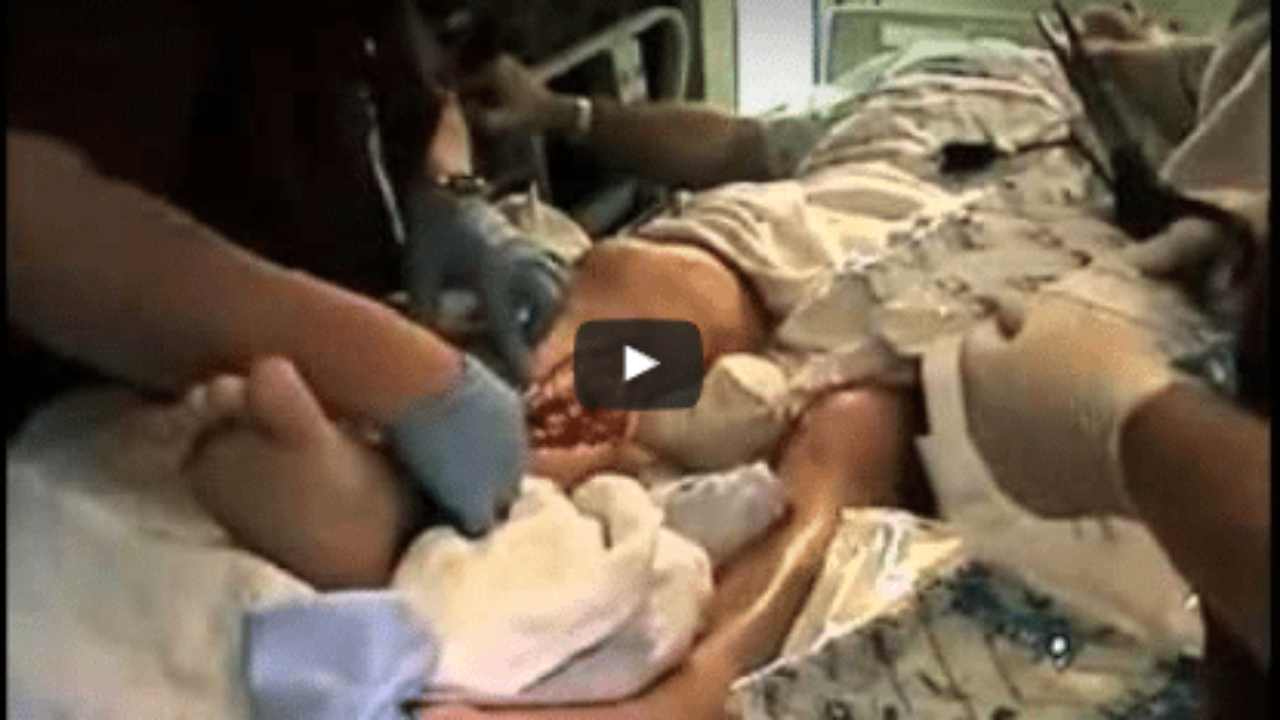Wound Vac Foam Strips

This foam is cut to fit the wound bed before it is applied to the wound.
Wound vac foam strips. A drainage tube leads from under the adhesive film and connects to a portable vacuum pump. This technique gives insurance that all of the black foam will be removed while minimally impacting its ability to move moisture. It can also help create a better seal around the wound. It may does this either constantly.
Pain reduction mepitel and wound veil is also very useful for patients who have pain with vac foam removal. A great way to use black foam safely in undermined areas or long wound tunnels is to roll it in a single layer of gauze or wound non contact material. This prevents the foam from getting caught in the most innervated tissue. Foam dressing step 5.
This pump removes air pressure over the wound. If possible use one piece of foam to fill wound and create bridge. A wound vacuum system has several parts. Avance foam relocation strips to protect the skin underneath and the bridge section between the wound and the relocation site.
Vac uses medical grade open cell polyurethane ether foam 2 4 the pore size is generally 400 600 micrometers. A healthcare provider first fits a layer of foam dressing over the wound which is sealed. Cut the avance foam away from the wound into the appropriate size corresponding with the dimensions of the wound cavity. The tissue adhesive was applied circumferentially to the skin surrounding the wound approximately 3 5 cm away from the wound edge and allowed to dry.
A vac therapy system includes a vacuum pump a special bandage a canister to collect fluid and tubing. If necessary multiple pieces of foam can be used to connect separate wounds or to fill up any remaining gaps. An adhesive film covers and seals the dressing and wound. If this is the case place a narrow strip of the non contact sheet along the top line of wound tissue closest to the skin.
While black foam might be preferable the risk of breakage is real. The vacuum assisted closure foam dressing was trimmed to match the size and shape of the wound and placed directly over the wound without overlapping the surrounding skin. Cut all v a c foam dressings with sterile scissors to dimensions that will allow for the foam to be placed gently into the wound without over lapping onto intact skin. Vacuum assisted closure also called vacuum therapy vacuum sealing or topical negative pressure therapy is a simple technique where a piece of foam with an open cell structure is inserted into the wound and a wound drain with lateral perforations is laid atop it.

















